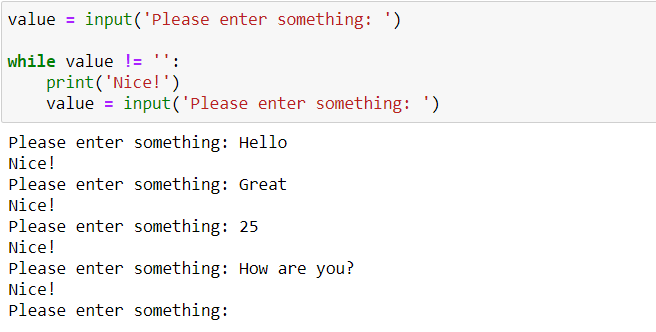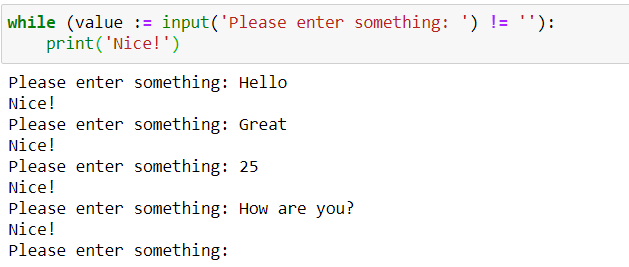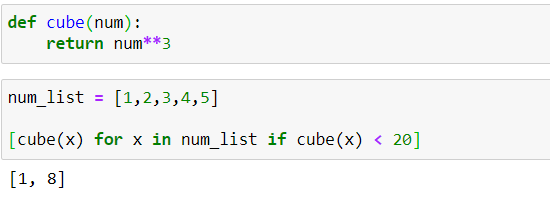The translation was prepared as part of the " Python Developer. Basic " course .
We also invite everyone to the two-day online intensive "Development of a desktop application using the Tkinter library" . On the intensive course, we will get the initial skills of backend development in Python, and also start developing a desktop application using the Tkinter library.
The walrus operator, introduced in Python 3.8, allows you to solve two problems at once: assign a value to a variable and return that value, so sometimes you can write shorter code and make it more readable, and it can be even more computationally efficient.
Let's take a look at the walrus operator and give examples of where it can be useful.
Simple assignment operator
We all know how to assign a value to a variable. This is done using a simple assignment operator:
num = 15
And if we want to display the value of this variable using a function print
, then num
we can pass the variable as follows:
print(num)
# 15
Walrus operator
Python 3.8 (:=), . , , . , (=) num 15 .
. - .
, , . , (:=) , .

Expr
, . . .
, – . , 15 num
, num
. , :
print(num := 15)
# 15
15 num
. , print
. , 15.
, , num = 15
.
print(num = 15)
# TypeError
, - . , . while
:

- . while
, , . «Nice!», -. , .
:

. . True
( ), while
«Nice!». False
, .
, , , .
, num_list
, , 20. :

, cube
.
cube
, :

cube(x)
y
, 20. y
, 20. , cube()
, . , .
, Python . !
"Python Developer. Basic".
- « - Tkinter»: 1, 2.